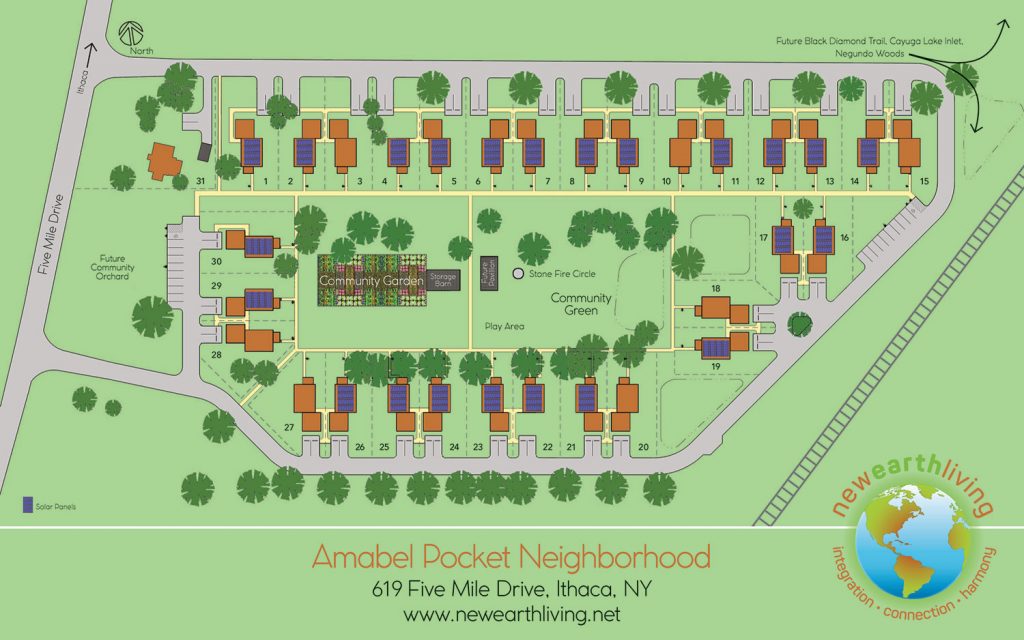Relationships and the Uncommon house

Have you ever noticed that when you go to dinner at a friends’ house you frequently have intimate, fun conversations that make you feel closer and more connected? Have you noticed that doesn’t usually happen at a dinner parties attended by lots of people? When we hang out one on one or in small groups the intimacy of the setting is conducive to personal dialog, we get a chance to share about ourselves and our lives. There is so much going on for any of us at any given time and there is so little time to talk about it all: what we are worried about, what are our fabricated fears that our minds conjure up, what are our passions, what do we wish we had done differently, who and what do we love and why, where we would like our lives to go, and much more. People are as vast and multi-dimensional as the cosmos and have much to say and feel that never gets a chance to be heard or felt.
A common house in a cohousing community is intended to provide opportunities to get together and share life, celebrations, life’s milestones and more. The common house is a structure that catalyzes the formation of connection and social capital mainly through weekly dinners. I think it does that and I think they are a wonderful amenity to any community.
For myriad financial and legal reasons we are not going to have a common house at Amabel.
Having said all of the above, I wonder if not having a common house might be a good thing in a different way than the good thing having one is.
Common Houses are expensive to build and to maintain financially, psychically, emotionally and energetically.
When I estimated a common house for Amabel it was over half a million dollars with all the requisite ADA compliance and fire code and big kitchen and dining, outside dinning and ancillary spaces. Don’t get me wrong I am not opposed to a Common House especially one that could house some offices– the income from which might help pay for the construction. In the absence of this amenity though, some pretty sweet possibilities arise.
What if we took the same or less of those valuable resources and put it into each other instead of a building? For instance, what if we collect a monthly fee that could easily be less than what would have been included in everyone’s home price and HOA fee for the construction and maintenance of the common house and combine those funds with our time and energy and go on a trip? Maybe go on a trip and engage in something fun that makes a difference. The possibilities are endless. We could build houses in Ecuador for people that need them, or buy land in the rain forest so that it does not get mowed down by palm oil corporations. Perhaps go visit our land and while we are there do something that is both fun and useful. It could be something we design together and then go out in the world and have fun doing.
To build and maintain close connections with each other we could design Amabel Delectable Dining Dates, a rotation of households having dinner with each other once a week that takes the better part of a year to complete. Then start over again with the house that hosted last year hosting this year. Because it is no more than 4-5 people the conversations could be intimate; about each other and what each of us is dealing with, or passionate about in life.
It is a well-known and much lamented reality that co-housing communities can tend to get insular; people can get myopic and petty with themselves and others. I wonder if a change of context, place and scenery wouldn’t have a positive impact on that very real, but rather unfortunate phenomenon. When it comes to meals and meetings, what if we took those same funds and bought meals out in the community for all of us once a month? Like at one of the big harvest tables at our local Brewery or any restaurant and had a meal or even a meeting or mini-retreat there?
We would be contributing to the wider community by spending our dollars with local businesses and we would be out in the world showing off to the world the power of community and communication and playfulness that arises from feeling loved and supported by others. As I always say; “The context is decisive” and not being in our own little enclave might engender a more open and conscious dialog. Not to mention, be way more fun than having to make and clean up from a common house meal, and in the long run cost less than building and maintaining a physical structure. All in keeping with: “less stuff, more judgement-free relationships, play, fun and ease!”
Category: Living in Cohousing
Tags: Common House, common meals, Connecting, living in cohousing
Views: 754

